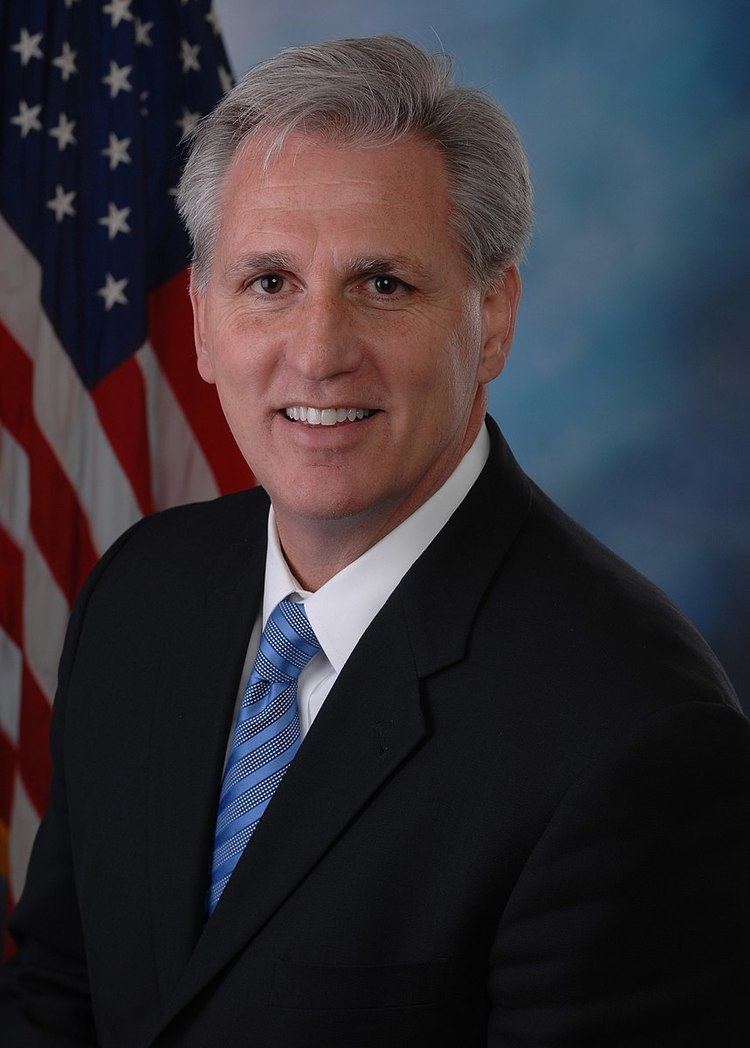Table Of Content

Virgin Islands — which each send a non-voting delegate to the House. After the whips, the next ranking official in the House party's leadership is the party conference chair (styled as the Republican conference chair and Democratic caucus chair). The speaker is the presiding officer of the House but does not preside over every debate. Instead, they delegate the responsibility of presiding to other members in most cases. The presiding officer sits in a chair in the front of the House chamber. The powers of the presiding officer are extensive; one important power is that of controlling the order in which members of the House speak.
Representatives by Party
California has two senators in the United States Senate and 52 representatives in the United States House of Representatives. 32% of representatives are men over the age of 60, while only 17% of representatives are women 60 years old or younger. The table below shows a breakdown of how many years the senators have been serving in office. Use GovTrack to find out who represents you in Congress, what bills they have sponsored, and how they voted. The House has 435 members, the number representing each state is determined by population. Official websites use .govA .gov website belongs to an official government organization in the United States.
List of Representatives and Senators
The courts generally do not consider ballot access rules for independent and third party candidates to be additional qualifications for holding office and no federal statutes regulate ballot access. As a result, the process to gain ballot access varies greatly from state to state, and in the case of a third party in the United States may be affected by results of previous years' elections. Gingrich attempted to pass a major legislative program, the Contract with America and made major reforms of the House, notably reducing the tenure of committee chairs to three two-year terms.
Leadership List
Each state is guaranteed at least one member of the House of Representatives. The allocation of seats is based on the population within the states, and membership is reapportioned every 10 years, following the decennial census. House members are elected for two-year terms from single-member districts of approximately equal population.
Party Breakdown
Cabinet officers and other officials are frequently summoned before the committees to explain policy. The Constitution (Article I, section 6) prohibits members of Congress from holding offices in the executive branch of government—a chief distinction between parliamentary and congressional forms of government. Most committee work is performed by twenty standing committees, each of which has jurisdiction over a specific set of issues, such as Agriculture or Foreign Affairs. Each standing committee considers, amends, and reports bills that fall under its jurisdiction. Committees have extensive powers with regard to bills; they may block legislation from reaching the floor of the House. Standing committees also oversee the departments and agencies of the executive branch.
More House History
Is the Missouri House of Representatives too big? One state lawmaker thinks so • Missouri Independent - Missouri Independent
Is the Missouri House of Representatives too big? One state lawmaker thinks so • Missouri Independent.
Posted: Thu, 28 Mar 2024 07:00:00 GMT [source]
The House may approve "articles of impeachment" by a simple majority vote; however, a two-thirds vote is required for conviction in the Senate. A convicted official is automatically removed from office and may be disqualified from holding future office under the United States. No further punishment is permitted during the impeachment proceedings; however, the party may face criminal penalties in a normal court of law. The House also has one permanent committee that is not a standing committee, the Permanent Select Committee on Intelligence, and occasionally may establish temporary or advisory committees, such as the Select Committee on Energy Independence and Global Warming.
Representatives and delegates serve for two-year terms, while a resident commissioner (a kind of delegate) serves for four years. A term starts on January 3 following the election in November. The U.S. Constitution requires that vacancies in the House be filled with a special election. The term of the replacement member expires on the date that the original member's would have expired. Under Article I, Section 2 of the Constitution, seats in the House of Representatives are apportioned among the states by population, as determined by the census conducted every ten years. Each state is entitled to at least one representative, however small its population.
Both Houses must pass the same version of the bill; if there are differences, they may be resolved by a conference committee, which includes members of both bodies. For the stages through which bills pass in the Senate, see Act of Congress. During debates, a member may speak only if called upon by the presiding officer. The presiding officer decides which members to recognize, and can therefore control the course of debate.[62] All speeches must be addressed to the presiding officer, using the words "Mr. Speaker" or "Madam Speaker". Only the presiding officer may be directly addressed in speeches; other members must be referred to in the third person. In most cases, members do not refer to each other only by name, but also by state, using forms such as "the gentleman from Virginia", "the distinguished gentlewoman from California", or "my distinguished friend from Alabama".

Work can continue into the evening with receptions or fundraising events. Before members are assigned to committees, each committee’s size and the proportion of Republicans to Democrats must be decided by the party leaders. The total number of committee slots allotted to each party is approximately the same as the ratio between majority party and minority party members in the full chamber. The United States is also divided into 435 congressional districts with a population of about 760,000 each.
Each of the two political parties also elect a “Whip”—the Majority Whip for the party with the most seats, and the Minority Whip for the other party—from their House delegations. The whip’s official role is to count potential votes for bills being debated for the party leaders. The majority party members and the minority party members meet in separate caucuses to select their leader. Historically, many territories have sent non-voting delegates to the House.
To regain control of the House, Democrats needed a pick-up of 15 seats. According to original analysis by Ballotpedia, only 26 congressional districts were predicted to be competitive in 2014. In the instance when the presidency and both Houses of Congress are controlled by one party, the speaker normally takes a low profile and defers to the president. For that situation the House minority leader can play the role of a de facto "leader of the opposition", often more so than the Senate minority leader, due to the more partisan nature of the House and the greater role of leadership. The House is one of Congress’s two chambers (the other is the U.S. Senate), and part of the federal government’s legislative branch. The 435 congressional districts do not include the District of Columbia, Puerto Rico, and the U.S.’s four other island territories — American Samoa, Guam, the Northern Mariana Islands, and the U.S.
Representatives use the prefix "The Honorable" before their names. A member of the House is referred to as a representative, congressman, or congresswoman. The three primary House office buildings—Cannon, Longworth and Rayburn—share a room numbering system for above-ground rooms that might confuse visitors at first. The system is fairly straight forward and can be used to identify most member and committee offices merely by knowing the correct room number regardless of building.

No comments:
Post a Comment